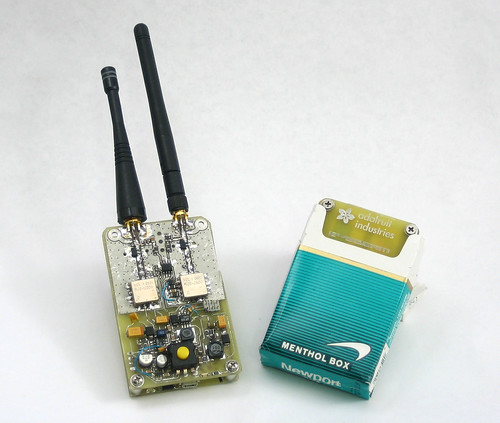OPEN CALL: Radio Creation Contest
The CDMC and Radio Clásica (RNE) are undertaking a collaboration to encourage the production of radio creations in order to promote this type of works. Within this line, a contest of ideas is called subject to the following
RULES
1
The works will necessarily be pieces of radiophonic creation, that is to say, whose most suitable means of production and diffusion is the radio. The works will not have been previously awarded nor emitted.
2
Words, noises, music, electronic or radiophonic editings and other similar elements may be the base of the work.
3
The project may be in Spanish only or in several languages but in this case Spanish should be the main language. The use of language or voice may also be omitted.
4
To enter the contest it will not be possible to send accomplished works, but mere projects: a written description of the work and of the elements that it will require, some excerpts as a model in cassette, CD or DAT, scores or fragments of these, acoustical materials, etc. Any form or presentation will be admitted, provided that it makes possible to the Jury to appreciate the interest of the projected idea.
5
There is no age nor citizenship limit.
6
The deliveries should be made on before April 15th, 2007 by any of the procedures allowed by the Administrative Procedure Act; such as registered mail, (postmark date will probe meeting the deadline), personal delivery, etc; and they should be addressed to:
"XIV Concurso de Obras de Creación Radiofónica"
Centro para la Difusión de la Música Contemporánea
c/ Santa Isabel 52, 5ª planta
28012 -Madrid (Spain).
7
There is no limit to the number of projects to be sent by each author.
8
The projects should arrive anonymously with an assumed name that will be reproduced on an enclosed closed envelope containing a photocopy of the DNI or passport and personal details of the author or authors. In the case of using texts by another author, his opportune permit must be accredited.
9
A Jury appointed by the CDMC and Radio Clásica will choose on the project considered the most suitable. The decisions of the Jury are without appeal.
10
The selected project will be the object of a commission by the CDMC, endowed with 6.000 euros gross. This Commission will be considered as the Prize of the Contest and it is independent of the production costs, which will be assumed by Radio Clásica.
11
Radio Clásica will produce the work with the means that the radio itself will determine. For that purpose, in addition to the human and technical means of the Radio, the facilities of the Laboratorio de Informática y Electrónica Musical del CDMC (LIEM-CDMC) can also be used. The radio broadcasting will take place during the last quarter of 2007, and we will try to give the work première at the Festival de Música de Alicante (end of September 2007). The project should be developed with enough time so that it may be produced and emitted on time.
12
By the simple act of participating, the competitors accept the terms of these Rules and the decision of the Jury.
13
The non-awarded projects will be available to their authors who can fetch them personally at the CDMC, previous identification of the assumed name, within the period of three months after the awarding is made public.
14
Once this period is over, the non-collected projects will be destroyed in order to preserve the anonymity of the Contest.
Labels: art radio, open call, radio art, radio open call, sound art

